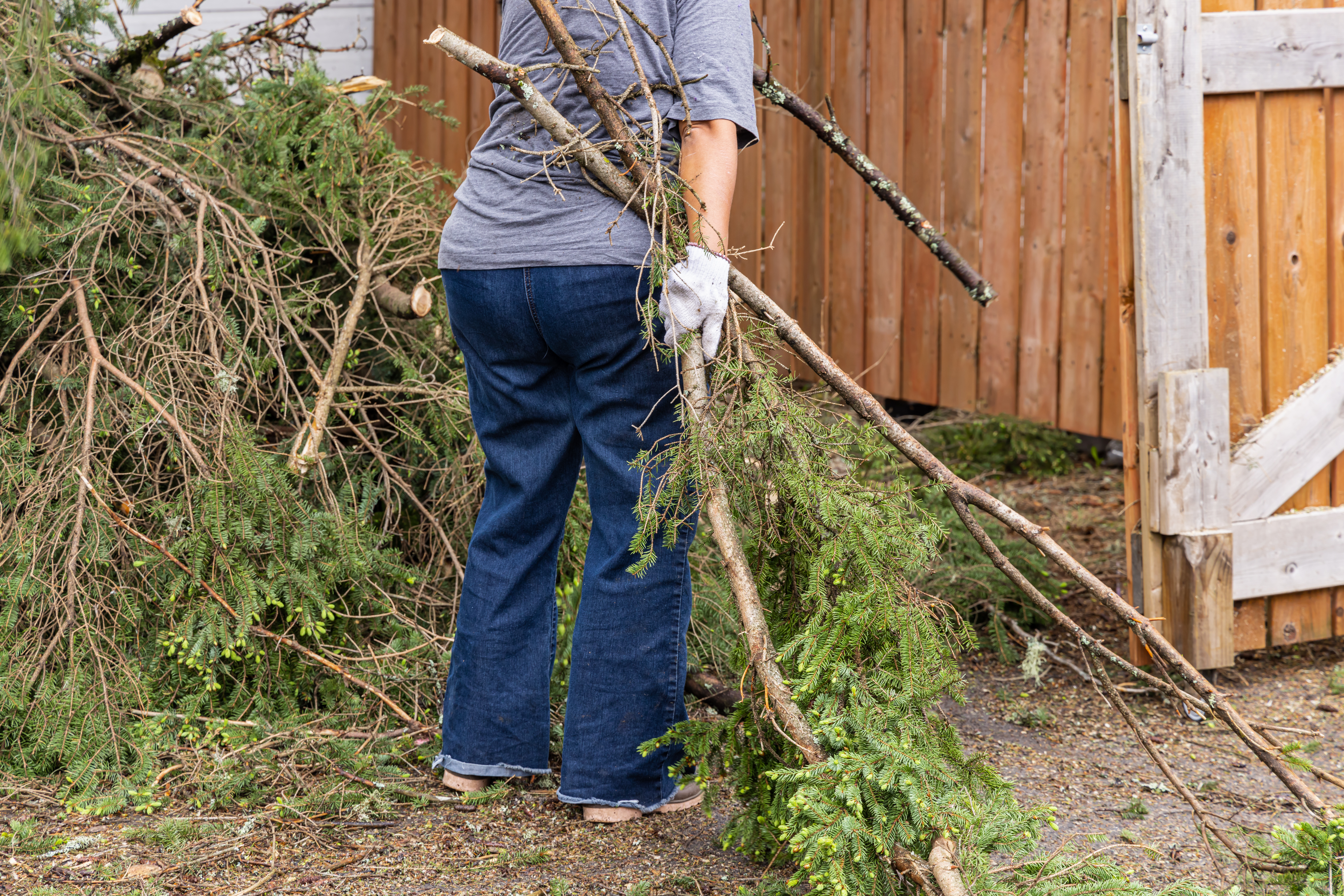As summer draws to a close, it’s the perfect time to give your yard some much-needed attention. An end-of-summer yard cleanup sets the stage for a healthy, vibrant landscape in the fall and prepares your outdoor space for the winter months. Whether you’re an experienced gardener or just want to keep your yard in good shape, following these 10 steps will help you tackle the task efficiently and effectively.
1. Clear Out Debris
The first step in any yard cleanup is to remove debris. Summer storms and strong winds can leave behind fallen branches, leaves, and other clutter. Start by raking up any debris that has accumulated in your yard, paying special attention to flower beds, pathways, and the corners of your property. Clearing debris not only makes your yard look tidier but also helps prevent pests from settling in.
2. Trim and Prune Overgrown Plants
Over the summer, plants and shrubs can grow rapidly, sometimes getting out of control. Now is the time to trim back any overgrown plants, prune dead or damaged branches, and shape your shrubs and trees. This encourages healthy growth and prevents disease from spreading. Focus on cutting back any plants that are blocking sunlight or encroaching on walkways to keep your yard looking neat and accessible.
3. Mow the Lawn One Last Time
As the weather cools down, your grass growth will start to slow. Give your lawn a final mow before fall, cutting it slightly shorter than usual. This helps prevent matting under fallen leaves and reduces the risk of mold or mildew taking hold. Be sure to collect and dispose of grass clippings to keep your yard free from excessive thatch, which can hinder healthy lawn growth.

4. Weed Flower Beds and Garden Areas
Weeds are persistent throughout the summer, often taking advantage of the warm weather to spread. Pulling weeds before the fall sets in is crucial to prevent them from seeding and becoming a bigger problem next year. Take the time to thoroughly weed your flower beds, garden areas, and around any trees or shrubs. Removing weeds now will save you time and effort in the spring.
5. Rake and Mulch Fallen Leaves
Fallen leaves are a common sight as summer ends, and raking them up is an essential part of yard cleanup. Once you’ve raked the leaves into piles, consider mulching them. Mulched leaves can be spread over flower beds and around trees to provide insulation and nutrients as they decompose. This is an eco-friendly way to manage leaves while benefiting your garden.
6. Aerate Your Lawn
Aeration involves making small holes in the lawn to allow air, water, and nutrients to reach the grass roots more effectively. End-of-summer is an excellent time to aerate because it helps alleviate soil compaction from heavy foot traffic during the summer. Aerating your lawn ensures it stays healthy and resilient as the seasons change.
7. Fertilize for Fall
Applying fertilizer at the end of summer gives your lawn and plants a nutrient boost before the cooler weather arrives. Choose a fertilizer that’s high in potassium to strengthen root systems and prepare your yard for the winter months. Fertilizing now can help your grass green up faster in the spring and give your plants the energy they need to survive the cold.
8. Clean and Store Outdoor Furniture
As summer activities wind down, it’s time to clean and store your outdoor furniture. Give tables, chairs, and cushions a thorough cleaning to remove dirt, pollen, and stains. Once clean, store them in a dry, sheltered area to protect them from harsh winter weather. Proper storage extends the life of your furniture and ensures it’s ready for use next season.
9. Inspect and Maintain Tools
Your yard tools have likely seen a lot of use over the summer, so take the time to inspect and maintain them. Clean off any dirt or debris, sharpen blades, and check for signs of wear and tear. Properly maintained tools make your work easier and safer. Once your tools are in good condition, store them in a dry place to prevent rust and damage during the off-season.
10. Plan for Spring Planting
While you’re tidying up, take a moment to think ahead to the next growing season. Consider what worked well in your garden this year and what changes you might want to make. You can also start planting bulbs for spring flowers now, ensuring they have plenty of time to establish roots before winter. Planning ahead will make spring gardening easier and more enjoyable.
- Debris Removal: Clears clutter and prevents pests from settling in.
- Plant Trimming: Encourages healthy growth and prevents disease spread.
- Final Lawn Mow: Reduces risk of mold and keeps the yard neat.
- Weed Removal: Saves time by preventing future weed growth.
- Leaf Mulching: Provides nutrients and insulation for plants.
- Lawn Aeration: Improves lawn health and resilience.
- Fall Fertilization: Boosts nutrients and prepares plants for winter.
- Furniture Storage: Protects outdoor items from winter weather.
- Tool Maintenance: Ensures tools are safe and ready for next season.
- Spring Planning: Lays the groundwork for a successful garden.
If you’re looking for professional help to handle your end-of-summer yard cleanup or need a dumpster rental for debris removal, get in touch with a local service like Sweet Dumps. We can help you tackle the job efficiently, leaving your yard pristine and ready for the changing seasons.
